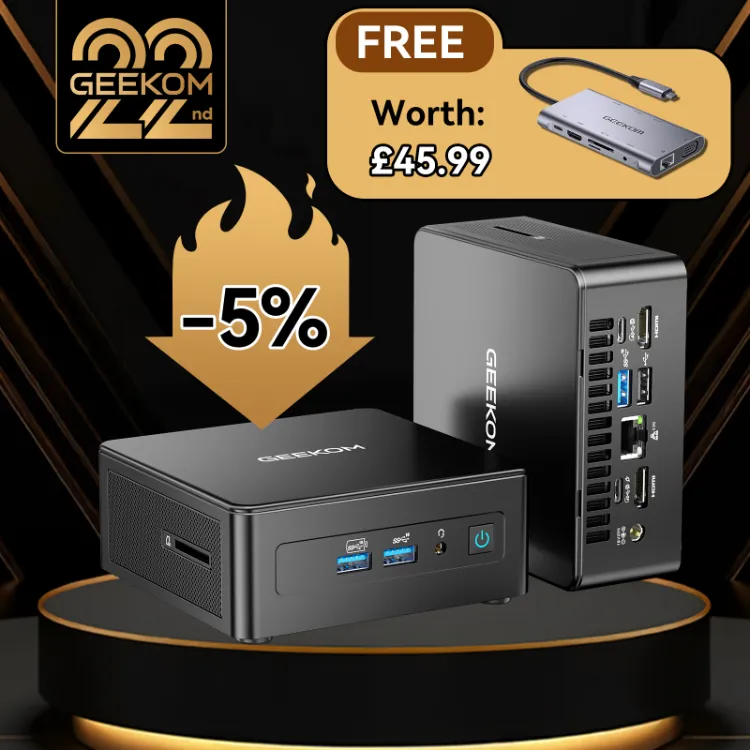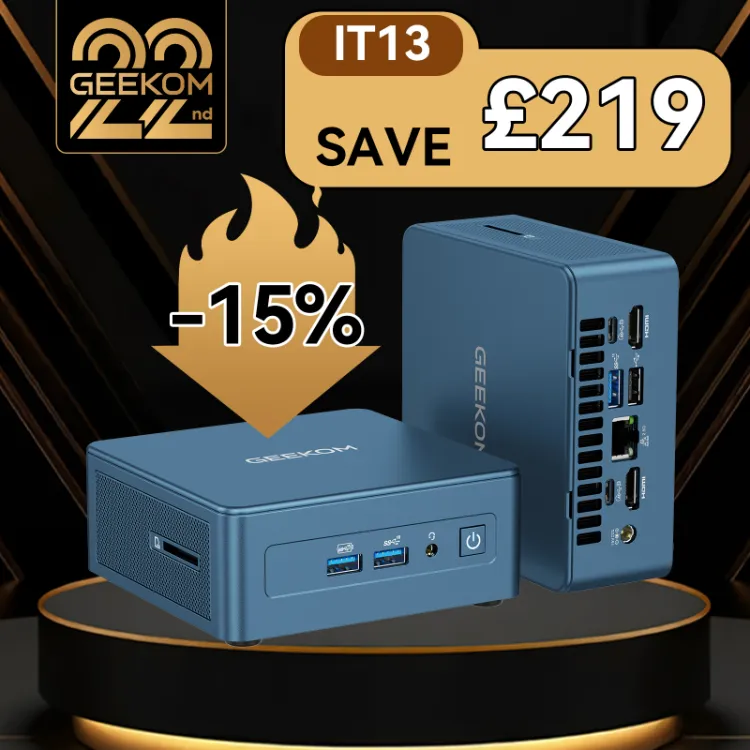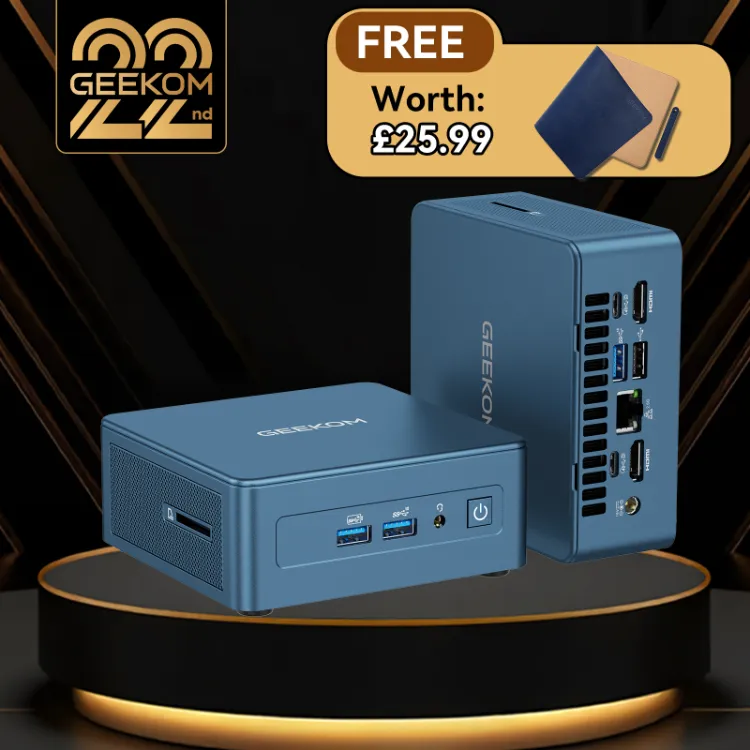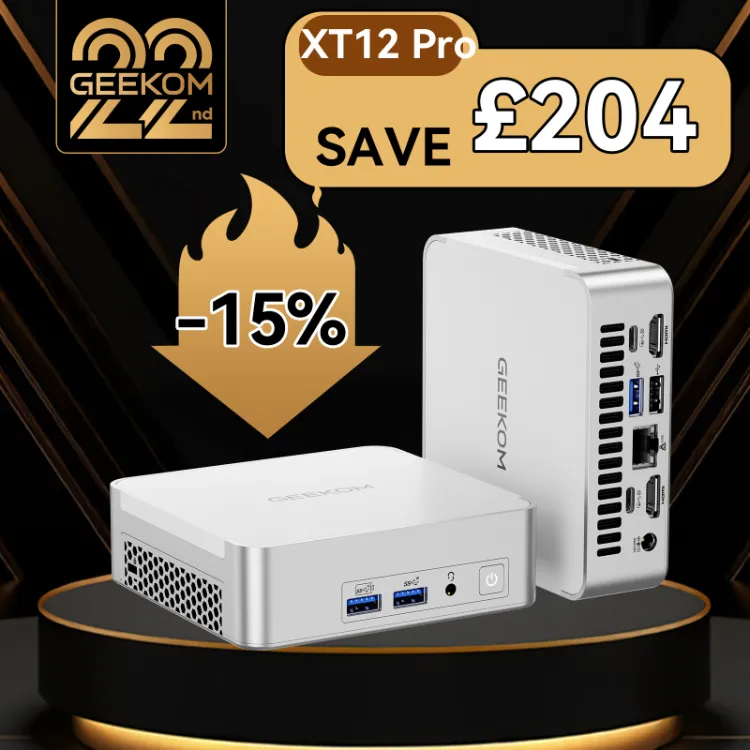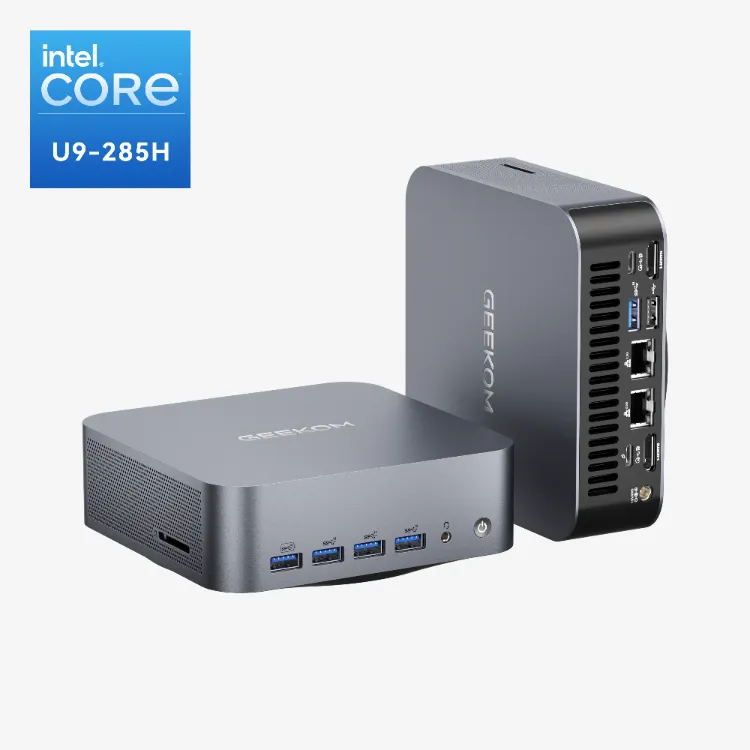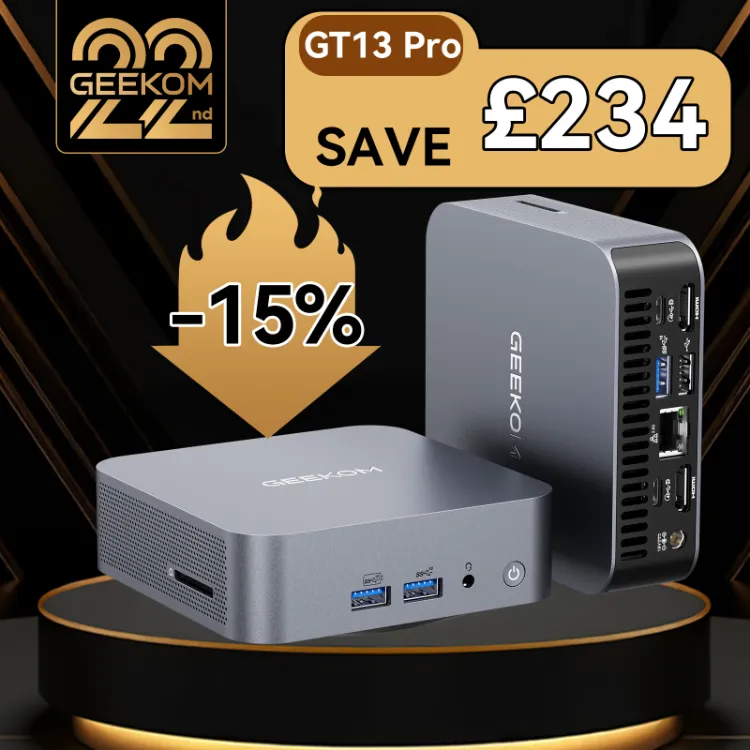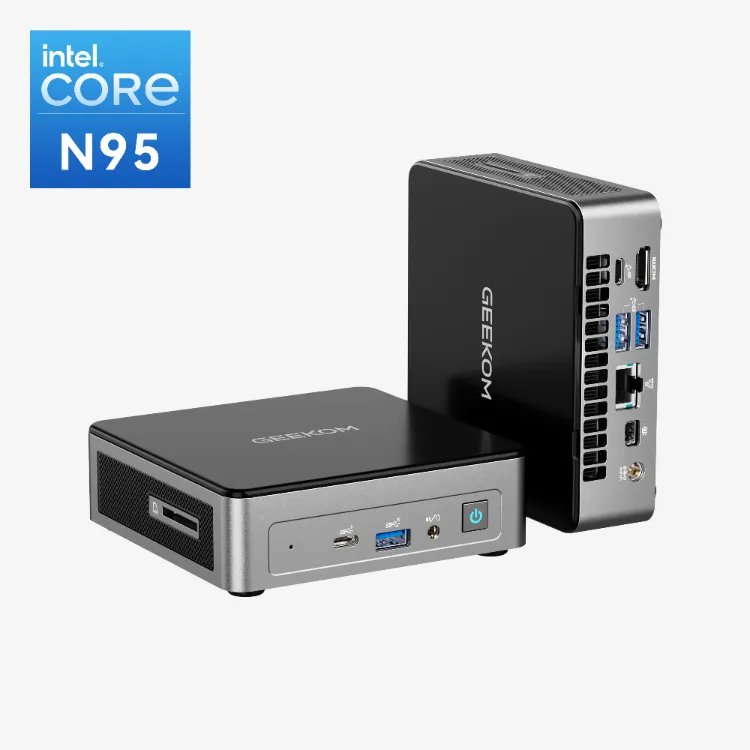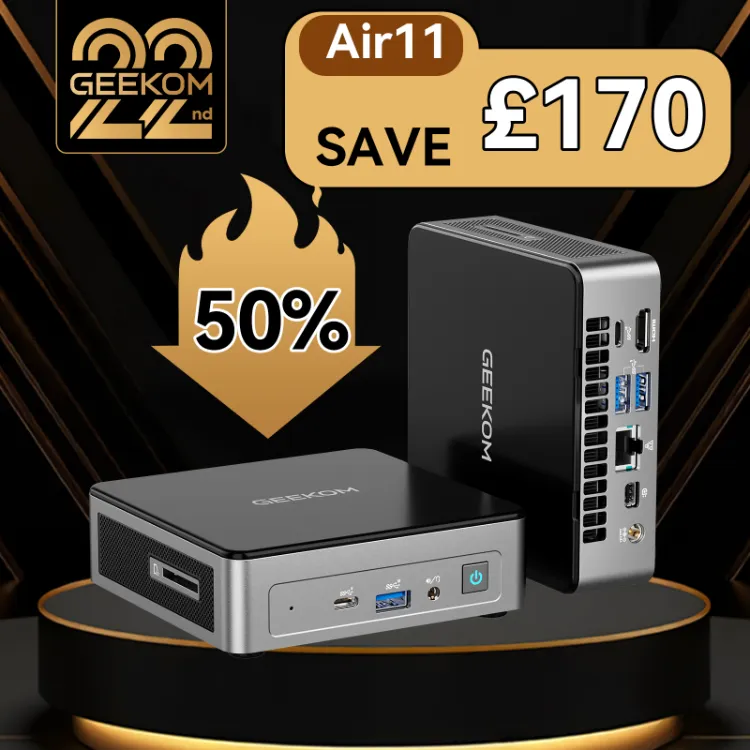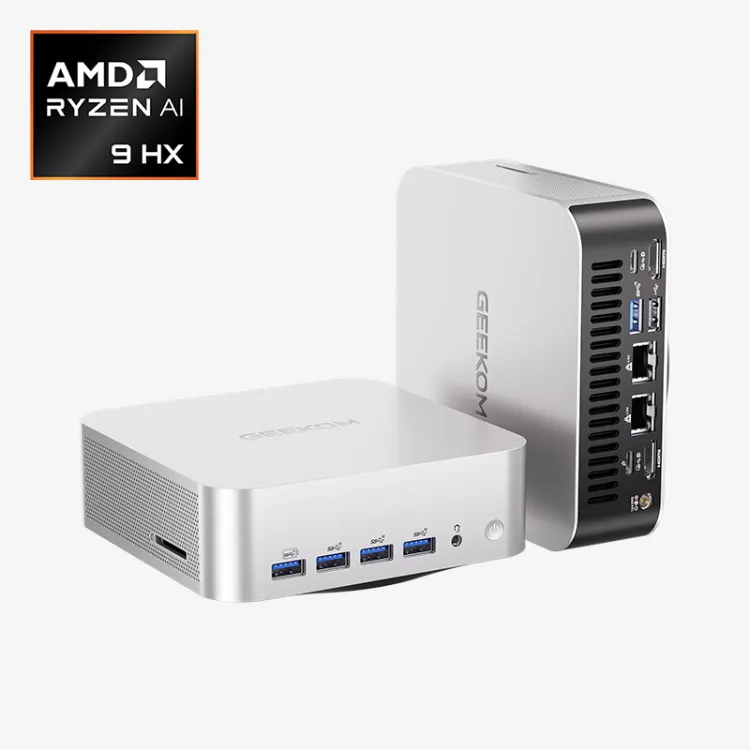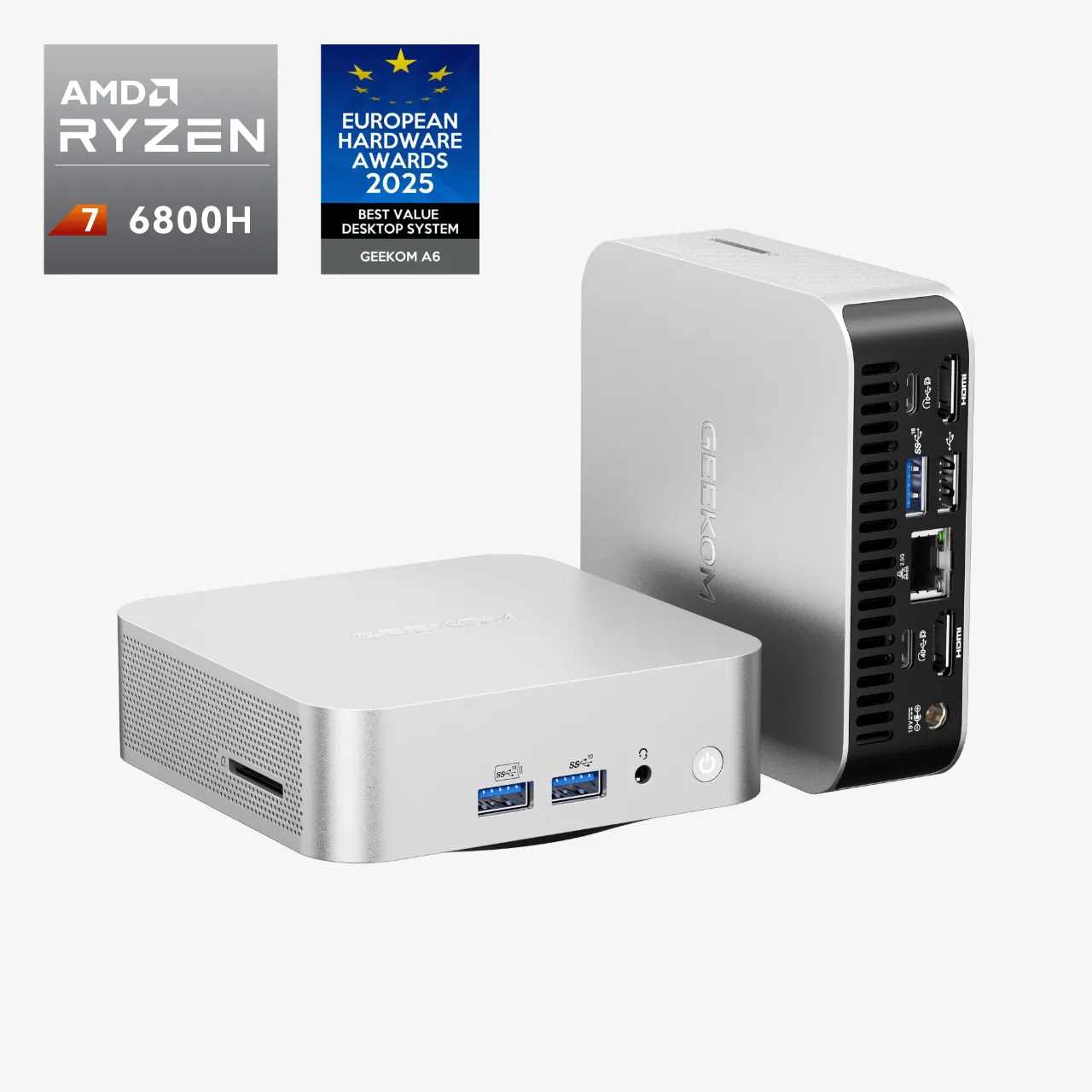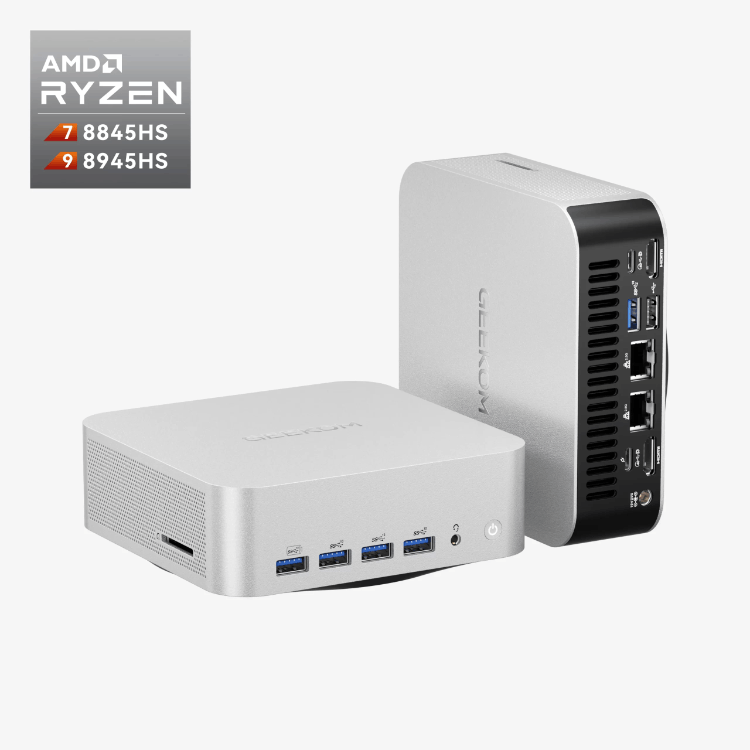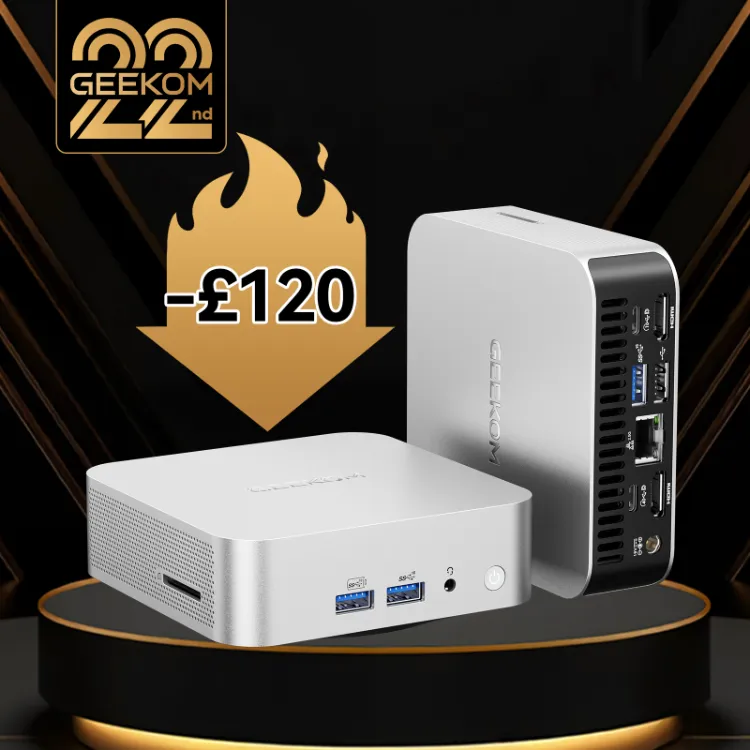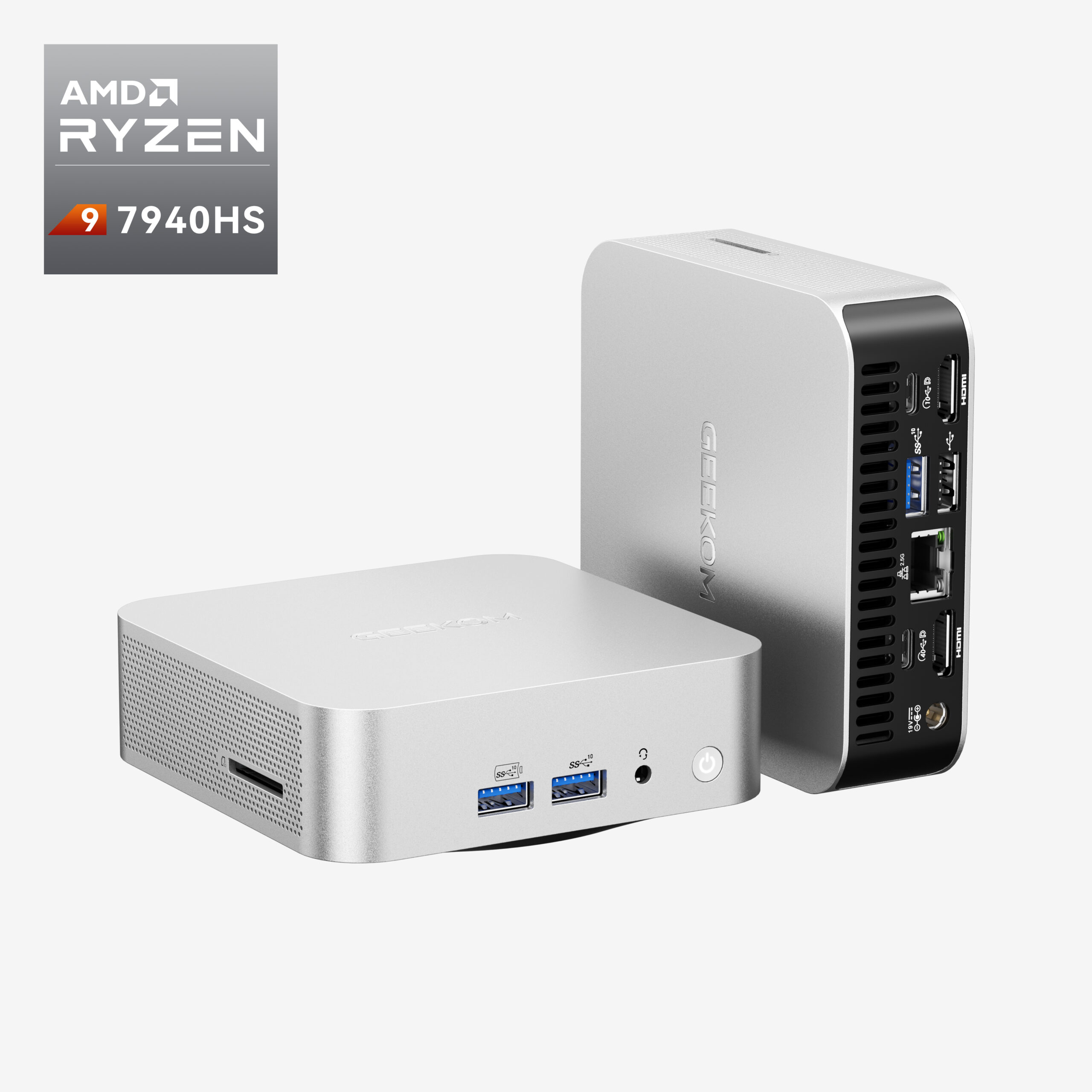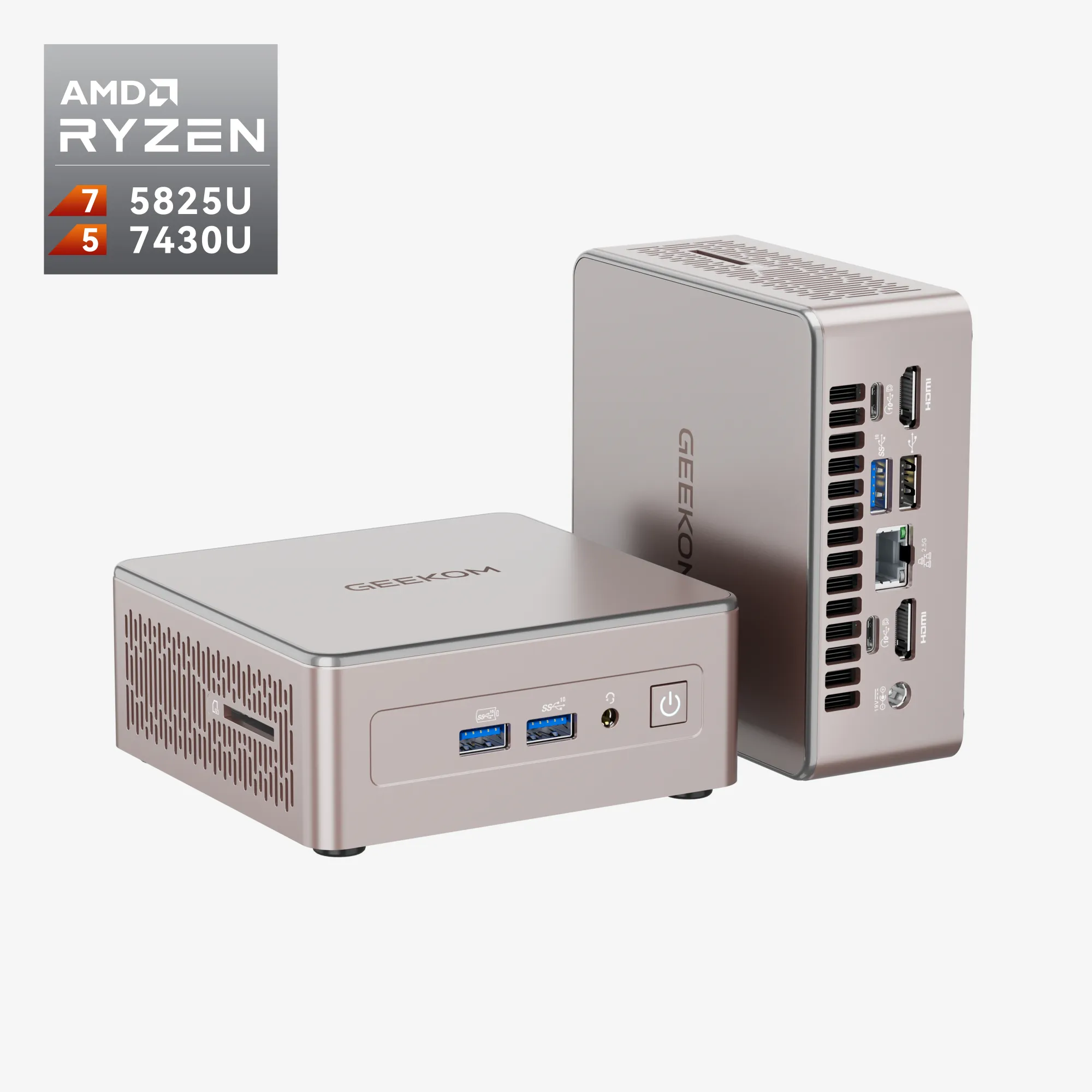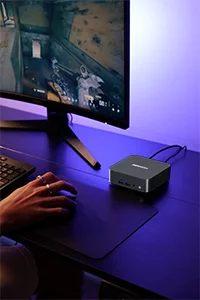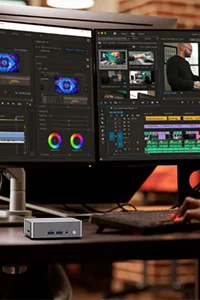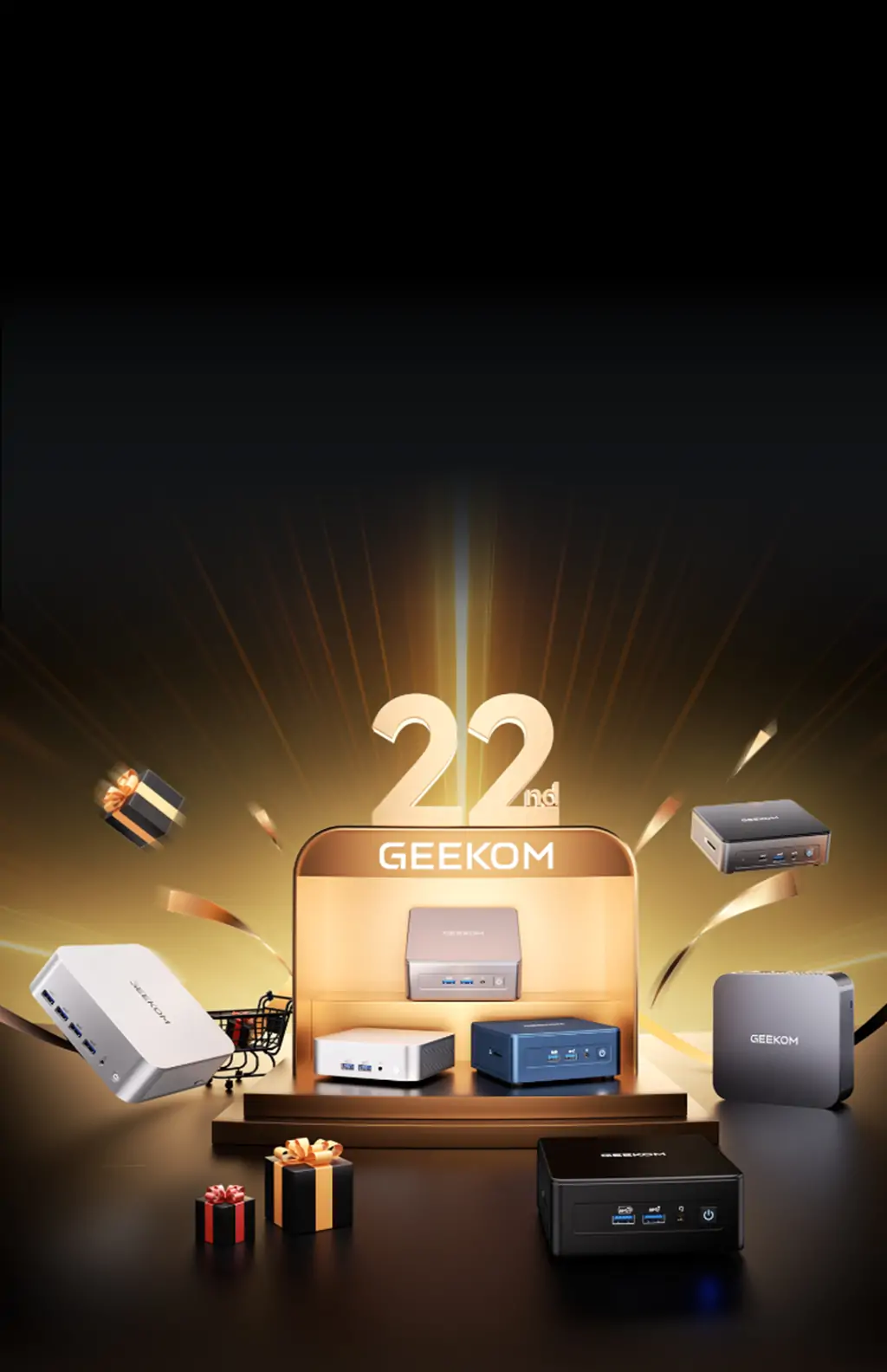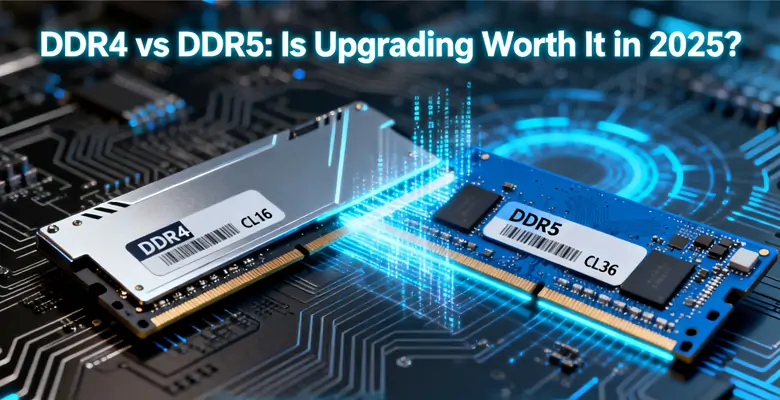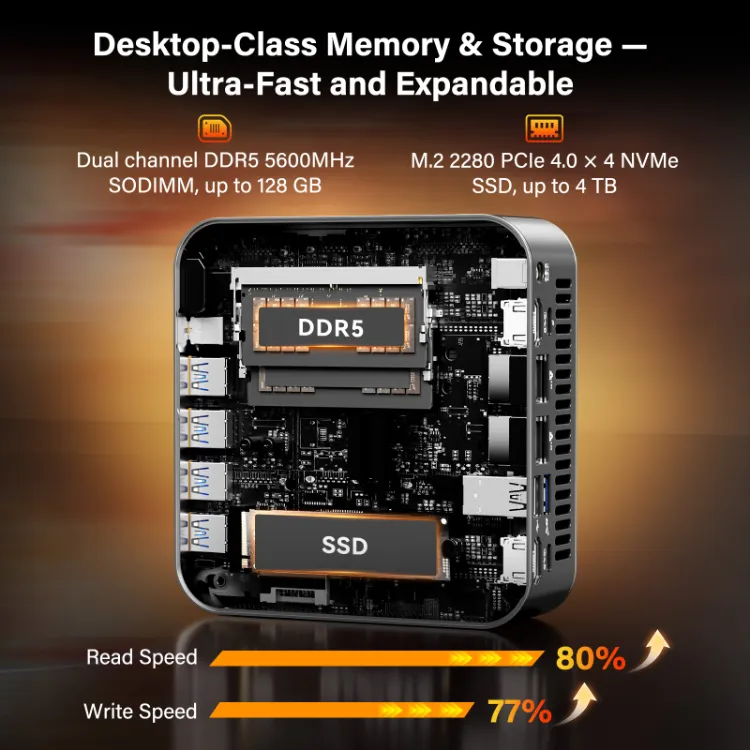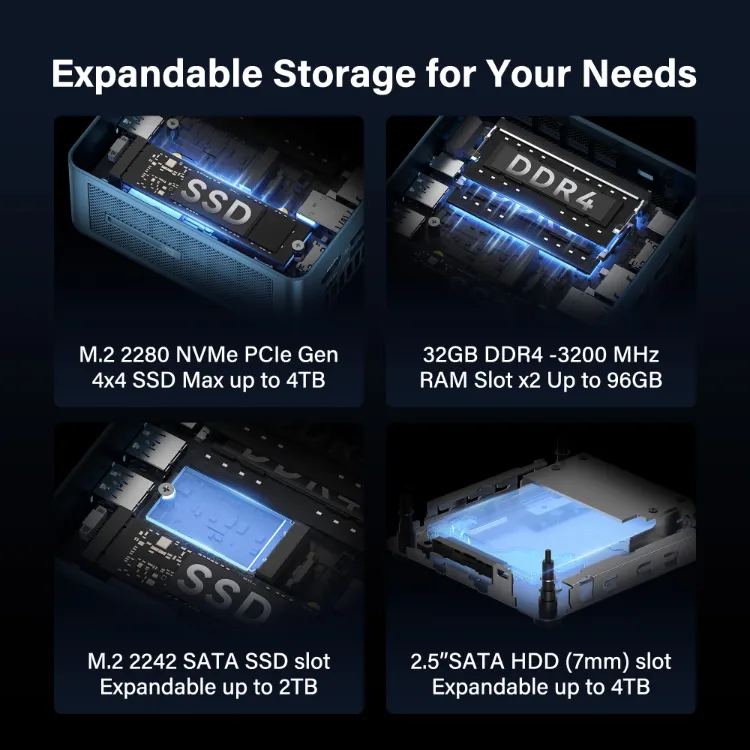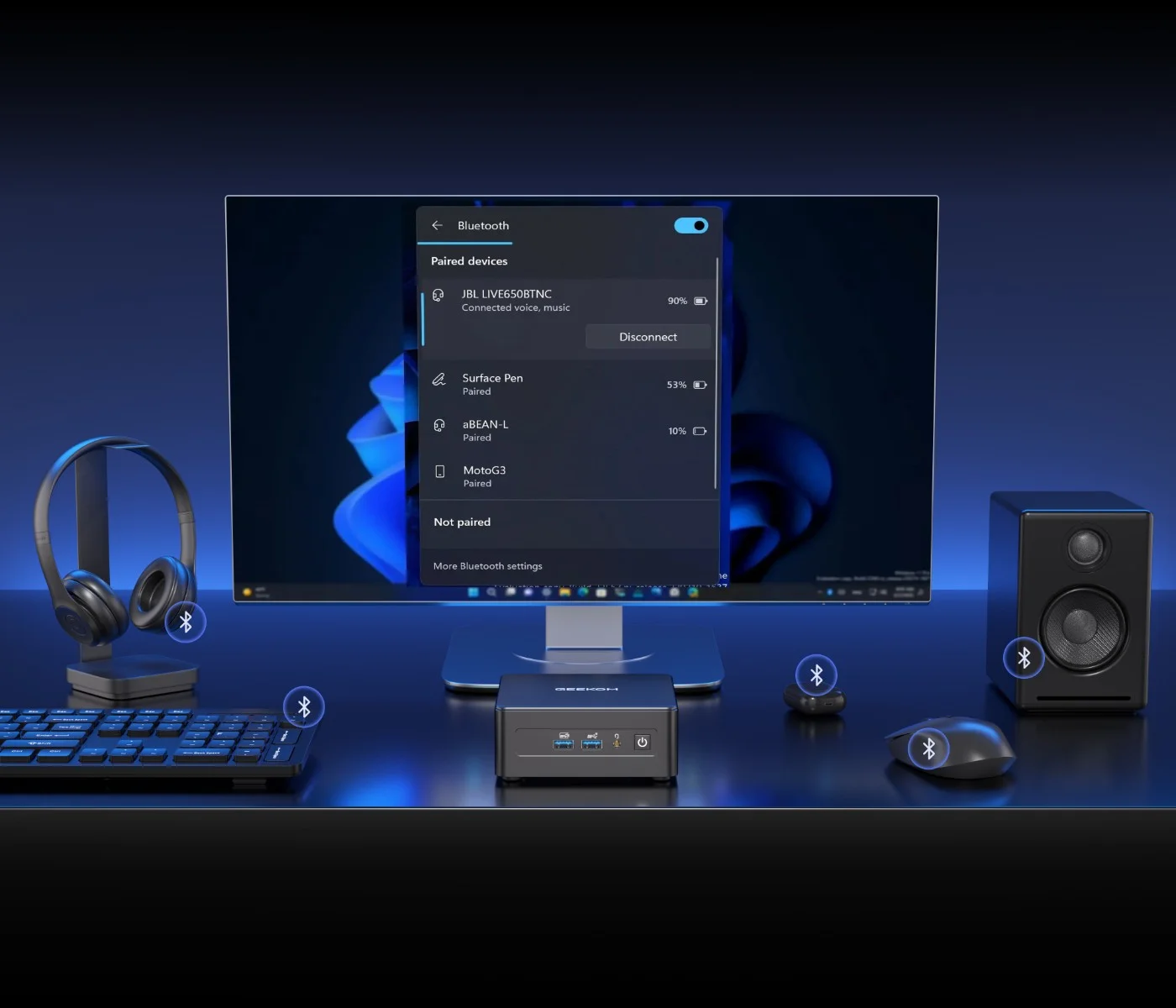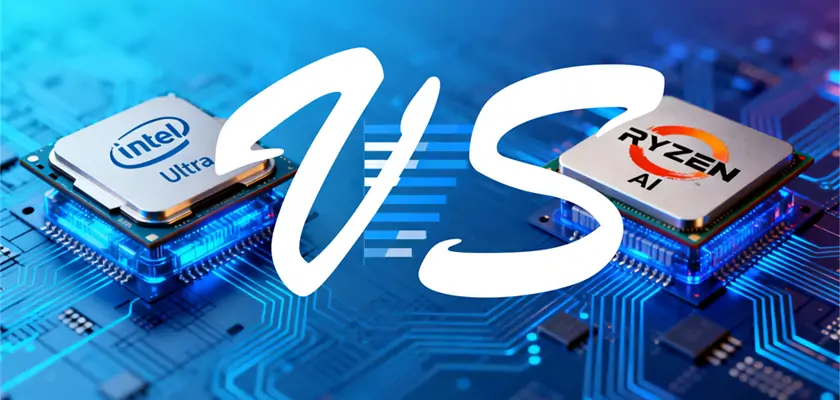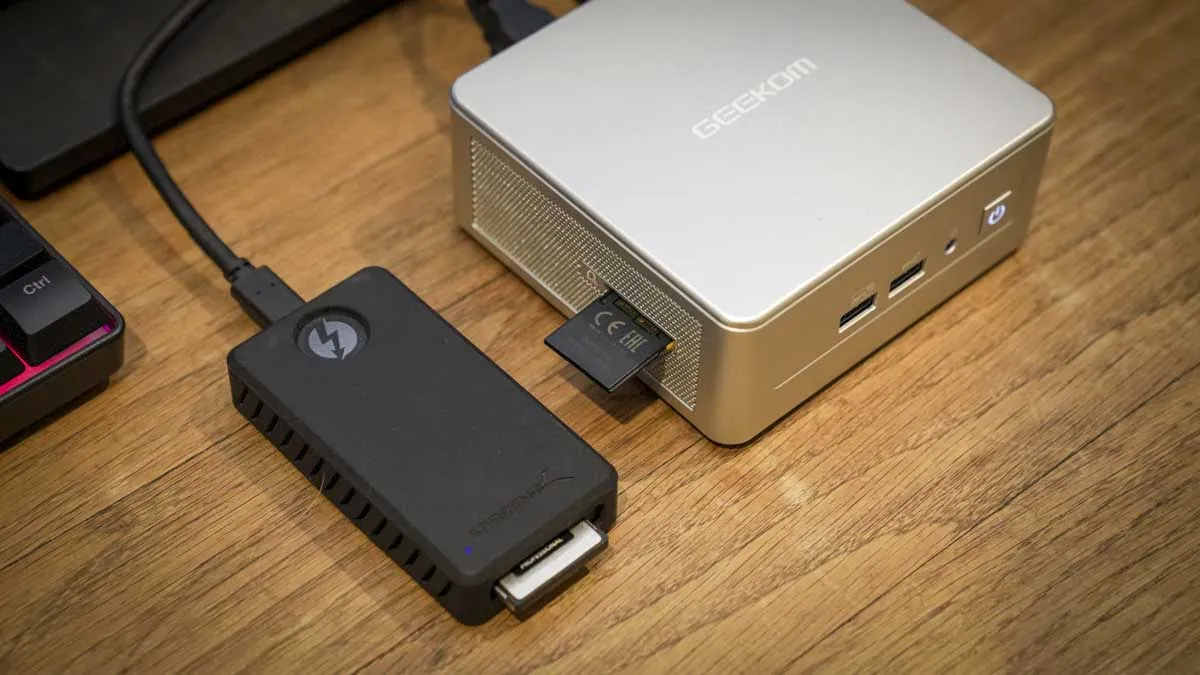Let’s be honest. When buying a PC, we all want the best technology and the most efficient RAM so our programmes run smoothly. But when it comes to deciding on memory, we scratch our heads. What’s actually better? DDR4 or DDR5? Is the new generation really that essential?
While DDR4 was considered the go-to solution for RAM for about half a decade, the new generation is now gaining ground. Compared to its predecessor, DDR5 is supposed to be significantly more powerful and efficient. We’ll examine today whether that’s true by looking closely at performance, gaming experience, and price. This is the DDR4 vs DDR5 comparison.
What’s the Difference Between DDR4 and DDR5?
DDR might sound complicated at first, but it doesn’t have to be. Essentially, Double Data Rate Synchronous Dynamic Random Access Memory is the current memory standard that gets improved every few years. In short: you need good DDR so programmes and gaming run smoothly on your PC. And now DDR5, released in 2020, is meant to take over this role.
What exactly makes DDR5 better than DDR4 will be revealed in our comparison. First, familiarise yourself with the most important comparison data:
Technical Basics of DDR4 at a Glance
Released in 2014, DDR4 was the ultimate standard for RAM for over a decade. Even after the release of DDR5 in 2020, DDR4 maintained its dominance for several years. High prices and limited availability led many PC users to continue choosing DDR4. And indeed: DDR4 brought significant performance improvements over DDR3 and impressed with clock frequencies of up to 3200 MHz at a significantly lower voltage of 1.2 V.
What Are the Real Benefits of DDR5?
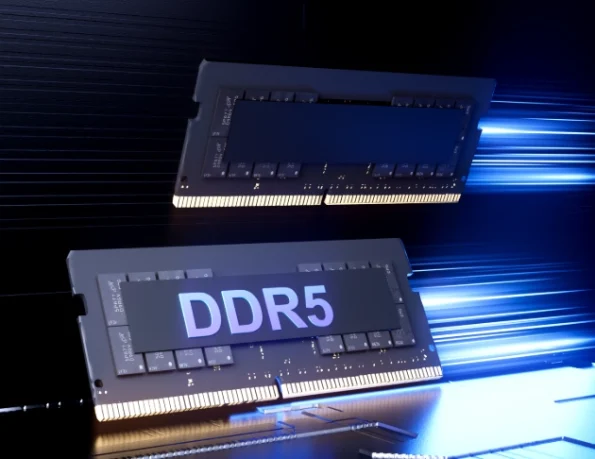
Yes, on paper, DDR5 is indeed better than DDR4. As with every innovation before it, DDR5 brings performance improvements. Whilst these may be somewhat less significant than with previous upgrades, they are still notable. DDR5 impresses with a higher bandwidth of up to 8400 MHz, more efficiency at a voltage of 1.1V, increased parallelism with two channels per module, and consequently a higher data rate of up to 67.2 GB/s.
DDR4 vs DDR5 Benchmark – Performance in Direct Comparison
The promise of DDR5 is significant. Whilst performance and bandwidth have been improved, the voltage has been reduced and is controlled within the module itself for the first time, allowing for much more flexible and efficient use. Additionally, individual modules are now significantly denser, more than doubling the data rate per module. But does this translate to real-world performance?
We’ve gathered some of the most important benchmarks for DDR5 and compared them with DDR4. These are the results:
Note: The gaming FPS of both RAM types were tested with specific titles, in this case Assassin’s Creed Valhalla. In the next chapter, we’ll look at results from tests with additional titles.
Theoretical Bandwidth and Real Performance
The direct comparison shows: DDR5 RAM delivers on its promise of better performance. Particularly in terms of memory bandwidth, the current flagship DDR5-6400 has a substantial lead. However, in other categories, the differences compared to the previous generation are often significantly smaller than initially promised. The benchmark test also revealed a negative aspect: the latency of the new generation is actually higher. In all fairness, we should note: the difference of just under three nanoseconds will hardly be noticeable during use.
Multitasking and Professional Applications Under Test
The findings from the benchmark test regarding multitasking and professional applications are also interesting. DDR5 is supposed to significantly improve professional work with demanding applications. The test confirms this intention. However, the difference compared to DDR4-3200 is often only marginal. Whilst DDR5 performs 3% better with Adobe Premiere, it actually slightly underperforms compared to DDR4 when using Adobe Photoshop. What can we learn from this? For multitasking and professional applications, DDR5 isn’t essential unless your work is extremely demanding.
DDR4 vs DDR5 Gaming – Which RAM is Better for Gamers?
If you’re considering purchasing DDR5 for a gaming PC, we have good news for you. DDR5 was able to outperform its competitor in Techspot’s practical test in every category. The tech magazine Techspot tested the new DDR5 generation in a total of 22 games and compared it with its predecessor. Here’s how well DDR5 performed in the test:
Gaming Performance and Frame Rates at Various Resolutions
In the Techspot test, DDR5 was about 4% faster on average at Full HD resolution and even 10% faster for 1% lows. It performed particularly well with demanding titles like Star Wars Jedi: Survivor, Shadow of the Tomb Raider, and The Last of Us Part I. The new generation also claimed overall victory at 1440p and 4K resolutions. However, it disappointed with certain titles like Valorant, CS:GO, and The Division 2, where it was overall slower than its predecessor.
The test shows that DDR5 is better suited for gaming. This is especially true if you predominantly play new, graphics-intensive titles. However, the 4% performance advantage diminishes when we consider older, less demanding titles. With popular shooters, the competitors were often on par, and in many cases, DDR4 even performed better. So upgrading to DDR5 isn’t essential if you prefer playing classics that don’t push your graphics card to its limits.
DDR4 vs DDR5 Price – Cost Comparison and Value for Money
When first released, DDR5 had real launch issues. The new technology was expensive, barely available, and built into very few devices. The first consumer devices with DDR5 only launched in late 2021. Given the initially rather small improvements, interest amongst private users was therefore limited at first. Since then, however, much has changed. Devices with DDR5 RAM have become significantly more common, and the technology is now not only more widely available but also considerably cheaper. In some cases, you can now get DDR5 even cheaper than DDR4.
For example: The Kingston Fury Beast DDR5-6000 (2×16 GB) currently sells for around £130, whilst the comparable Kingston Fury Beast DDR4-3200 (2×16 GB) is priced at roughly £120. Even if an upgrade isn’t strictly necessary for performance reasons at present, it’s certainly sensible to opt for DDR5 when making a new purchase, especially as it’s also an investment in the future. New gaming titles with high demands will run significantly better on DDR5 than on DDR4, and the next upgrade to DDR6 won’t appear until 2027 at the earliest.
For Whom is DDR5 Worth It and When Should You Stick with DDR4?
We doubt that you currently really need DDR5 RAM unless you meet one of these two prerequisites: 1) You’re a hardcore gamer, or 2) You create content professionally. For gamers, DDR5 becomes interesting when it comes to particularly CPU-intensive games or eSports, where even small performance differences can be decisive. Beyond that, DDR5 offers noticeable performance advantages for multitasking and working with professional software, such as Photoshop.
- Performance: AMD Ryzen™ AI 9 HX 370 flagship processor and Radeon™ 890M graphics card
- AI: CPU/NPU/GPU triple-engine synergy, up to 80 TOPS computing power, high efficiency, low power consumption, and ultra-fast responsiveness
- High-Speed Storage: Dual-channel DDR5 memory (up to 128GB) and dual M.2 slots (2280+2230) supporting up to 8 TB of PCIe 4.0 SSD storage expansion
- Dual USB4 Ports (Rival OCuLink): Unlock next-generation connectivity. Dual USB4 ports offer Thunderbolt-speed data transfer (40Gbps), dual 8K display output, and support for external graphics cards, effectively replacing OCuLink ports.
If you don’t meet these prerequisites and currently own a device with DDR4, you don’t need to worry about DDR5 yet. With moderate PC usage, you likely won’t even notice the performance differences. However, if you’re purchasing new hardware anyway, it can still make sense to invest in DDR5 technology. In the coming years, the requirements for games will continue to increase, and DDR5 is well-equipped to withstand growing demands. And besides: waiting for the DDR6 generation could become a test of patience. It’s unlikely to reach consumers before 2027.
- Supports 3 hard driveexpansion : Two SSD + one HDD, up to 5 TB storage, combining high speed and large capacity, up to 64 GB
- Versatile USB4: All-in-one – Up to 40Gbps data transfer, 8K video output, connecting an eGPU or external SSD, fast charging, all with a single USB-C cable. More convenient and versatile than OCuLink, no complicated setup or special cables required.
- Sturdy Metal Frame: Can withstand up to 440 lbs (200 kg) of pressure, ultimate stability and long-lasting durability
- Dual-copper heatpipes: IceBlast 2.0 cooling system for efficient and quiet operation
- Rich interfaces: 6 USB ports (including 2 × USB4 ports), SD card reader, Kensington Lock, and supports 4 displays expansion
Conclusion: DDR4 or DDR5 – The Right Choice for Your Mini PC
After initial problems, DDR5 has now established itself as the industry standard for RAM and is an enhancement for any gaming and work setup. DDR5 delivers further performance improvements over DDR4 and makes a difference especially with intensive gaming and professional content creation. Now that the price for DDR5 SSDs has dropped significantly and their availability has increased, it’s worth taking the plunge. But don’t worry. DDR5 is not a must.
Especially if you prefer playing less CPU-intensive titles or only use your PC moderately, a DDR4 SSD is completely sufficient. For casual gaming or in the home office, it’s not productive to fixate on individual technical components of PCs anyway. It’s much more important to find a solution that adapts to your needs. This can be achieved, for example, with mini PCs from manufacturer GEEKOM. GEEKOM mini PCs use both DDR4 and DDR5 and adapt to any usage scenario. Whether for gaming or design work at the office or for the home office, GEEKOM mini PCs are up to your requirements – and in the smallest of spaces.


